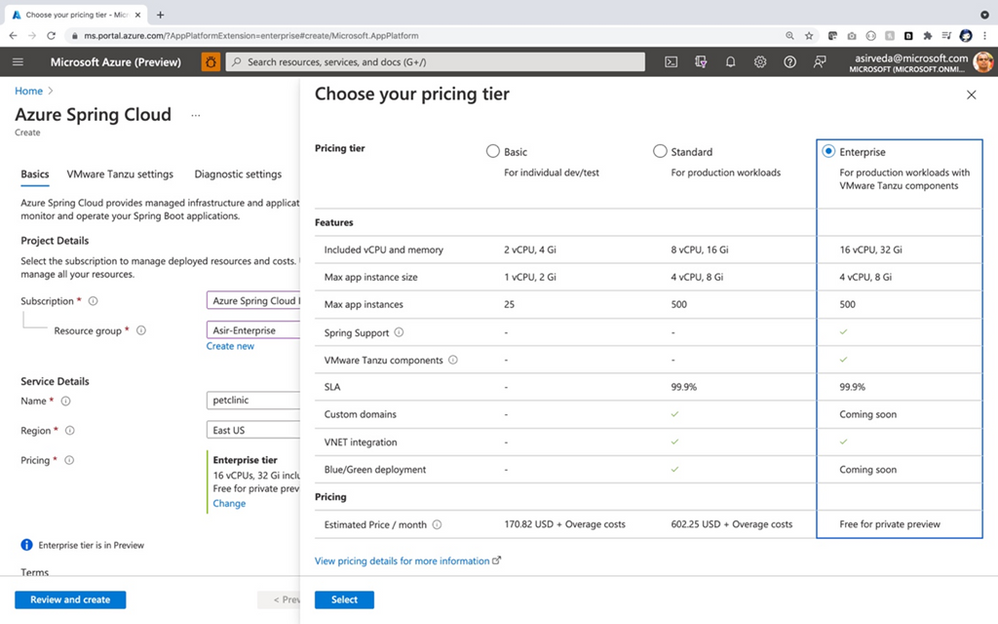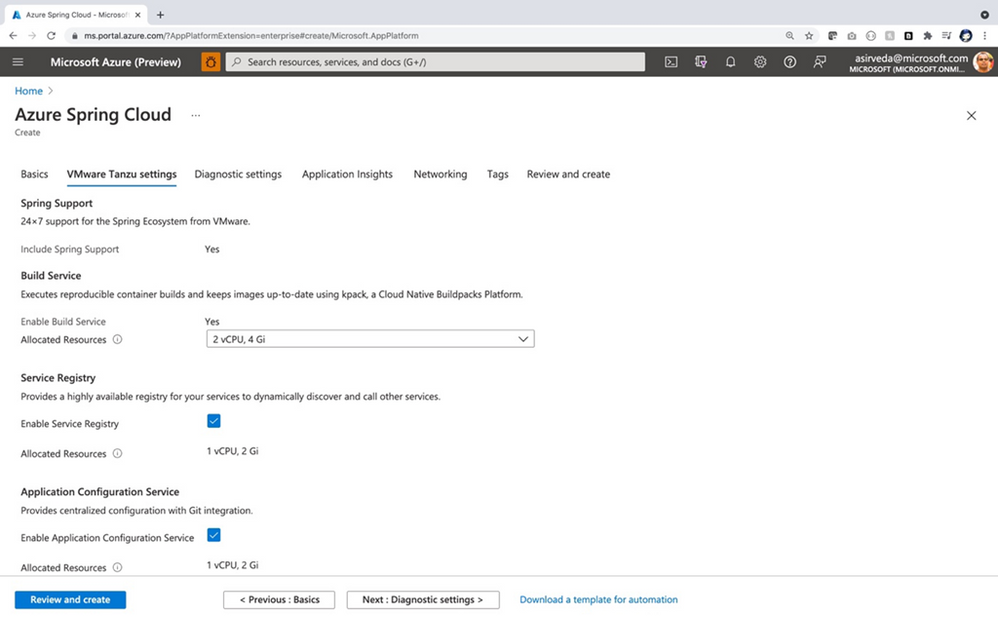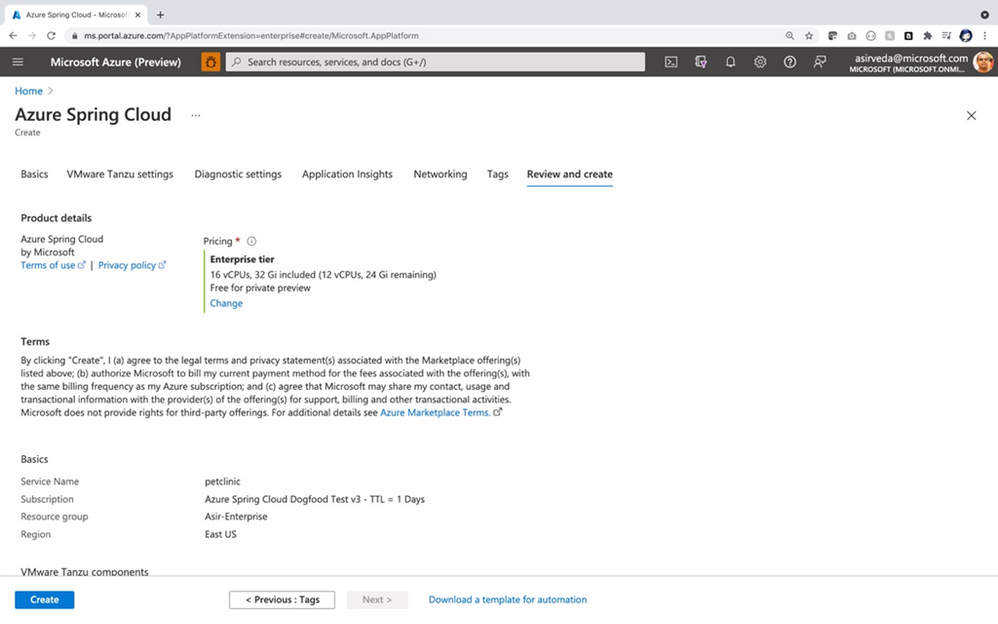The pandemic has been challenging in many ways. It has impacted nearly every facet of our lives with disruptions in supply chains, millions furloughed, and much more. Despite such, the pandemic was positive in one regardit tested our capacity to come together and innovateand frankly, we soared on so many levels. In a blink of an eye, we united to create solutions to blend the human spirit and technology to deliver resilient solutions to outlast the pandemic. This was never more evident than in customer service.
Together, we transformed into superheroes. Turning our kitchen tables into remote workspaces, sliding into our commuter slippers each morning, and logging in with a few taps on a keyboard. We accepted our instinctual need for human interaction and turned to relationship-building using communication tools like Microsoft Teams to maintain relationships and fight the isolation. We built AI-driven solutions that focus on the human element with conversational chatbots designed to answer questions at any hour of the day. We accelerated transformative changes that were expected to take years to deploy, but through sheer determination, these changes were achieved in a matter of weeks. We reached deep and ascended to new heights with empathy resonating with every word.
Customer service organizations became the epicenter of resilience, moving forward and boldly going where no customer service organization had gone before. We shifted mindsets and conquered the foreboding of implementing change and pivoted in ways we never thought possible. While the changes made were sometimes uncomfortable initially, we quickly adjusted and thrived. Customer service organizations did not combust or implode, but blossomed and prospered.
Customer service organizations overcame pandemic-induced barriers to safety and wellbeing. Maintaining social distancing and protecting employees within a contact center was next to impossible. But in a matter of weeks, agents began logging into their customer service app and resolving customer issues from the safety and comfort of their homes. Not only did cloud-based customer service and omnichannel communication solutions bridge the always-on customer service gap and help keep companies solvent, but agents also continued to strengthen relationships while resolving customer issues, growing call volumes, and less than patient customers.
Customer service managers learned much about themselves and their agents. But more importantly, they learned empathy. They learned to listen more and acknowledge the concerns of their team. Organizations that came out to stand behind their agents and their safety were rewarded with increased loyalty.
During the peak of the crisis, customer service agents became a life ring where both the organization and the customer held on tightly to maintain some sense of normalcy. The degree of empathy shared by the organization was reciprocated by the agent in terms of loyalty and lower turnover. The empathetic agent influenced the customer, creating a reciprocal and symbiotic rapport. Empathy created a domino effect and has now become a critical force in building trust and strengthening relationships with both employees and customers alike.
Empathetic organizations create a dynamic of mutual loyalty and dedication. Managers and agents are inspired and lend extra effort to achieve organizational goals. It’s no surprise that these organizations are more agile and resilient than other organizations in a volatile economic landscape.
In a recent study, empathy in the workplace positively related to job performance, and managers who practice empathetic leadership were viewed as better performers. Empathetic managers have lower turnover and increased productivity. Agents pay this empathy forward by humanizing the connection and personalizing the customer conversation. Empathetic agents are proactive, thinking, and connecting to make sure each interaction supports the customer. By demonstrating empathy, agents have the power to deliver the short-term benefit of resolving an issue and the long-term benefit of building brand loyalty through a two-way emotional connection.
Building empathy
Empathy is a skill and cannot be faked. It’s a mindset, a culture, and the core of a healthy organization. Empathy should be a driving force that envelops all activities inside an organization, whether or not it’s customer-facing. Empathy starts with listening, understanding, and anticipating the needs of another. In customer service, this means putting yourself in the shoes of the customer and seeing the issue from their point of view. Empathy is anticipating what the wants and needs are of the customer at a specific moment within their journey. Then, it is all about delivering on these wants and needs by creating a positive and friction-free experience. Remember, being empathetic doesn’t mean you have to agree with the personit simply means you understand their point of view. And unlike sympathy, in which you may feel sorrow or pity the customer’s situation, empathy reduces the distance between the two parties building upon respect and trust.
Empathy helps agents personalize the interaction, predict customer follow-up questions, and proactively answer them. Empathetic agents can also predict the customer’s response by understanding the customer’s point of view. Empathy has a direct effect on customer satisfaction and loyalty as customer satisfaction and loyalty translate to increased sales. Telling a customer “no” or that what they want will cost more or that the warranty has expired, for example, can be hard enough, but when conveyed with empathy, the agent can build trust and strengthen the relationship despite not being able to resolve the issue to the customer’s liking. When the customer’s point of view is understood, empathetic agents can address and make customers feel heard and respected, which is the first step in resolving issues.
When you don’t understand where the customer is coming from, it’s easy to assume they are overreacting. It’s not easy to be empathetic under these circumstances. To overcome this reach, figure out who your customers are and what your product or service means to them. Identify the age, gender, education, and other attributes so you can bridge the gap and grow more empathetic.
Expressing empathy
Active listening. Listening can be a challenge, especially in a noisy environment. To truly empathize, you must focus on the customer and determine the issue the customer is experiencing. Typically, customer service is contacted during the peak of customer frustration so notice not just what the customer is saying, but how they are saying it. For example, determining the tone and language used during service delivery. Real-time customer sentiment analysis is a must-have tool for agents in identifying slight nuances in the customer’s mood and responding accordingly. This may mean mirroring the tone to help navigate through the problem. It can also mean remaining silent for much of the time so the customer can converse without interruption. Be sure to ask questions to delve deeper into the customer’s issues to avoid misunderstandings. Try to put yourself in the caller’s situation. Listen for subtle cues so you can tell when you’ve achieved a positive customer interaction.
Personalize interactions. When you see the customer’s profile, strive to see the person, not just the summary of their journey. Recognize the issue and validate the customer’s feelings. Respond, restate, and summarize using the same words your customer used. Validate their point of view to encourage additional information. Promote trust, respect, and understanding by asking pertinent questions about what course of action they have already tried. Never assume the customer hasn’t tried to resolve the issue before contacting customer service.
Collect feedback. Want deeper insights into the quality of your service delivery? Ask your customer. Gather feedback directly from your customers via email, SMS, live chat, or social media. Automatically sending customer service surveys following a service interaction can help deepen customer retention. Once the survey is completed, you can share insights across applications. If you spot patterns about customers not feeling heard, respected, or helped to the best of an agent’s ability, you can bridge those gaps.
Better together
COVID-19 has touched us all, but the gift we least expected from this tragedy was learning to empathize with other human beings. Empathy has become a vital ingredient to an organization’s ability to persist, to remain resilient in times of social and economic volatility. From empathetic managers becoming better leaders to the empathetic chain reaction of frontline workers paying it forward, we all benefit by returning dividends of kindness to each other. We don’t have to agree there is a problem, but we can agree that we all deserve respect and understanding of our point of view.
Learn how Dynamics 365 Customer Service can help your organization become more resilient by personalizing the customer experience and cultivating greater empathy toward the customer by better understanding their journey.
The post The importance of empathy in customer service appeared first on Microsoft Dynamics 365 Blog.
Brought to you by Dr. Ware, Microsoft Office 365 Silver Partner, Charleston SC.









Recent Comments